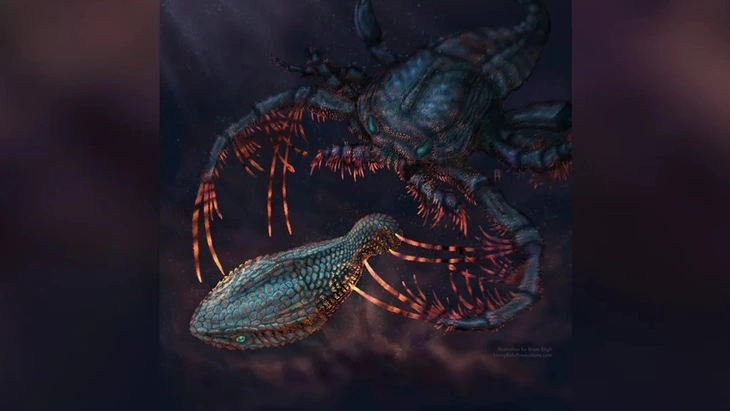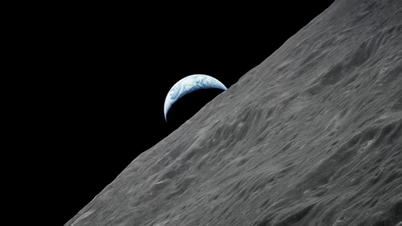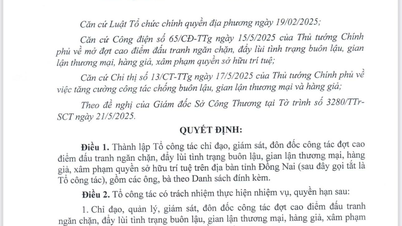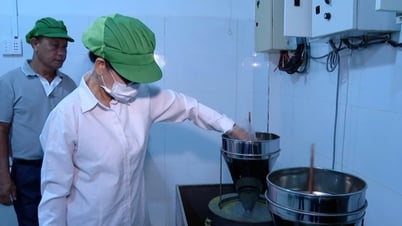
Sketch of Astraspis and the sea scorpion Megalograptus, both of which have exoskeletons with sensory tissue - Photo: BRIAN ENGH
Inside the enamel that covers our teeth is dentin - which transmits sensory information to our nerves, allowing us to feel the impact of biting too hard, pain, or changes like too cold or too sweet.
In a new study, researchers have shown how sensory tissue discovered on the exoskeletons of 'ancient fish' is related to the 'genetic toolkit' that makes up human teeth, according to LiveScience on May 22.
"This shows us that 'teeth' can sense even when they are not in the mouth," said study co-author Yara Haridy, a paleontologist and evolutionary biologist at the University of Chicago.
The team initially set out to find the oldest vertebrates in the fossil record, looking for specimens from the Cambrian and Cretaceous periods (541 million to 443 million years ago). A hallmark of vertebrates is the internal tubules of dentin.
Using high-resolution CT scans to study the jawless "first fish" Anatolepis heintzi, the team discovered what appeared to be pores filled with dentin.
However, upon closer inspection, the team realized that the dentin-containing pores were actually more like sensory organs on a crab's shell. Therefore, Anatolepis heintzi was an ancient invertebrate arthropod, not a bony fish.
Clearing up the taxonomic confusion over Anatolepis heintzi has led to an important new insight: ancient vertebrates such as fish and ancient arthropods produced the same mineralized tissue that helped them sense their environment.
Eventually, the mineralized tissue evolved into dentin and is an important part of the sensitive human teeth.
New research supports the idea that sensory tissues evolved on the exoskeletons of arthropods at least 460 million years ago, and that later in evolutionary history, animals used this same “genetic toolkit” to create teeth.
The study was published in the journal Nature .
Source: https://tuoitre.vn/rang-nguoi-tien-hoa-tu-xuong-ngoai-cua-mot-loai-ca-co-dai-20250523121014509.htm


![[Photo] President Luong Cuong receives Lao Vice President Pany Yathotou](https://vphoto.vietnam.vn/thumb/1200x675/vietnam/resource/IMAGE/2025/5/25/958c0c66375f48269e277c8e1e7f1545)
![[Photo] President Luong Cuong receives Vice President of the Cambodian People's Party Men Sam An](https://vphoto.vietnam.vn/thumb/1200x675/vietnam/resource/IMAGE/2025/5/25/6f327406164b403a8e36e8ce9d3b2ad2)
![[Photo] Memorial service for former President Tran Duc Luong in Ho Chi Minh City](https://vphoto.vietnam.vn/thumb/1200x675/vietnam/resource/IMAGE/2025/5/25/c3eb4210a5f24b6493780548c00e59a1)


![[Photo] Festival of accompanying young workers in 2025](https://vphoto.vietnam.vn/thumb/1200x675/vietnam/resource/IMAGE/2025/5/25/7bae0f5204ca48ae833ab14d7290dbc3)


















































































Comment (0)